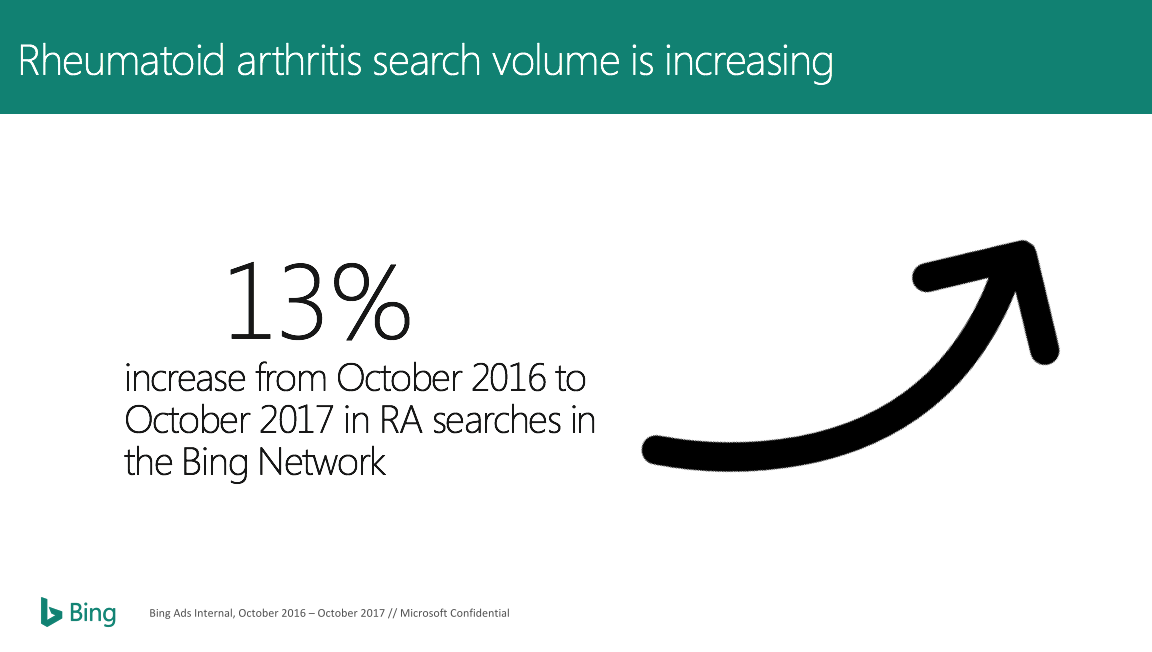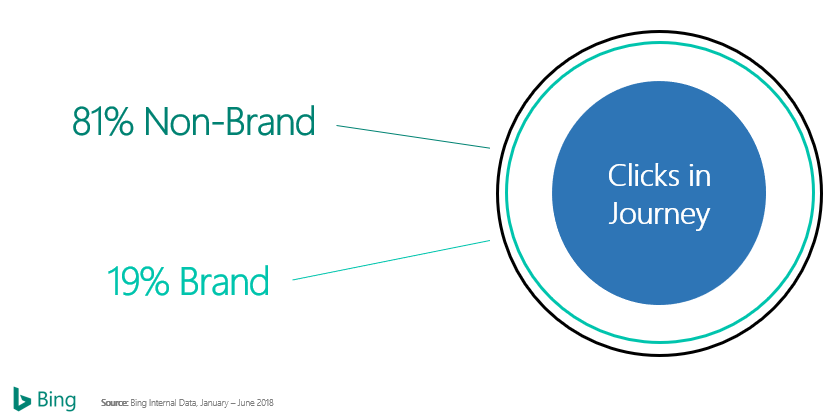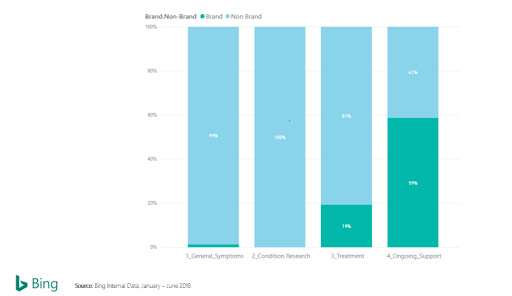Data-Driven PPC Insights to Engage Rheumatoid Arthritis Patients

Competition among pharmaceutical brands focusing on rheumatoid arthritis is strong and driven by a growing patient need.
These research points – and my suggestions for your action – will help you with your strategy.
With an increasing search volume around rheumatoid arthritis (RA), these tips can help you navigate engaging with RA patients along their journey.
A Growing Population
According to Bing Ads’ internal data, search volume for “rheumatoid arthritis” and related terms is increasing.
This is because the Baby Boomer generation is aging. Today they’re age 52-70.
Over the next 20 years, this large population will drive increases in search volume across a wide variety of products and services like accessible home improvements/remodels (things like grab bars, ramps, and walk-in tubs).
The arthritis marketer is facing an organically growing market – and competition from brands who also want to engage this patient base.
In fact, today there are over 350 active, global, Rheumatoid Arthritis drugs in the market.

What to Do
Settle in for a long play.
Consider campaigns and sponsorships that nurture brand awareness before the arthritis patient even needs you.
In the same way that Microsoft sought to put their products into schools to capture loyalty, arthritis pharmaceuticals might align with activities like fundraising walks, garden tours, and symphonies.
To make a powerful move with your paid search marketing, use products such as remarketing lists and in-market audiences.
These will enable you to not only learn more about different audience segments but to target and message them separately as well, increasing overall efficiency.
Also, take note that not all online searchers browse in the same way.
Some users search for rheumatoid arthritis-related terms more so than others.
Those that search for rheumatoid arthritis the most tend to also be searching for rheumatoid arthritis in relation to holistic treatment options (diet and exercise), community support forums and searching for drug payment help.
Use these topics to capture the attention of your most engaged online audience.
There Are 4 Stages of a Patient’s Journey
These stages illustrate a patient transitioning from low awareness of a condition, to awareness of a condition, to awareness of branded drugs, to a need for complementary resources to fit their new lifestyle.
Tailor your campaigns to these stages:
47 Experts on the 2019 SEO Trends That Really Matter
Structured data, exceptional content, and machine learning are among the most important SEO trends to know about in 2019. Get your free ebook to learn more.
- General Symptoms (e.g., “joint pain”).
- Condition Research (e.g., “what is rheumatoid arthritis”).
- Treatment (e.g., “treatment for ra”).
- Ongoing Support (e.g., “living with ra forums”).
What to Do
Setting up separate campaigns for each stage means keywords, ad copy, and targeting will hit each of these four points differently.
For example, the second stage of a patient’s journey is “Condition Research.” Keywords relevant here will include “what causes rheumatoid arthritis” and “what is arthritis.”
Ad copy should mirror this: “Learn what causes rheumatoid arthritis” – and your landing page will provide valuable content for your patient.
Getting specific with your paid search campaigns will help you build trust and credibility with rheumatoid arthritis searchers at every stage of their search.
Make sure to also be present early on in a patient’s journey, not just at the treatment stage, as users who search for general symptoms related terms and do condition research also end up searching for and clicking on treatment ads.
One Bing analysis from January – June 2018 showed that:
- 33 percent of users who start their online searches with General Symptoms end up clicking on Treatment generated ads subsequently.
- 28 percent of users who start their online searches with Condition Research end up clicking on Treatment generated ads subsequently.
As this study showed, not all users stay stagnant in one stage, many progress through the journey toward treatment quicker than we might expect.
Non-Branded Searches Dominate
Non-branded searches on rheumatoid arthritis terms dominate throughout the search journey, and even the click that gets them to a branded site comes from a non-branded ad (educational or informational content).
What’s more:
- 79 percent of users have entire journeys that are 100 percent non-brand.
- 19 percent have a journey that includes 1 brand.
- 2 percent have a journey that includes 2 or more brands.

What to Do
It’s time to up your content game. Realize that non-brand is present across each stage of the journey not just in the “non-branded/generic treatment” queries.
Being truly invested in non-brand, means have non-brand upper funnel keywords in General Symptoms and Condition Research, which are stages that are almost entirely non-branded areas.
As I mentioned earlier, planning a content program that stretches from early awareness – before the individual even has an interest in rheumatoid arthritis issues – to final click, is a solid path.

Go Forth & Connect
We can thank continued research like this for making our digital marketing effort stronger and more appropriate for the searcher.
Armed with data, we only need to think beyond the obvious and execute with care.
